-
Apr.28.2012
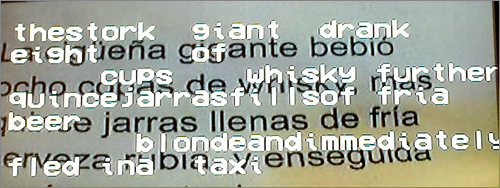
Finally, we have all the functionalities for Reality Translator. It now translates Spanish texts (by word matching), transmits and overlays the texts on the glasses. We connected the hardware to a TV screen instead of the glasses for testing, so that we can easily see the result. The picture above shows how it looks like.
-
Apr.12.2012
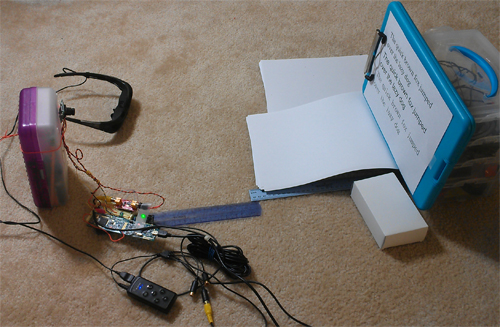
We had done testing on latency and accuracy. We placed some texts vertically on a board, camera on the opposite side, and did test moving the camera back and forth. We had our android app to save all the test data such as latency, images from camera, filtered image, recognized texts, and translated texts(which should be same as the recognized texts for now, since we are not testing with spanish yet). The detailed test results are available under talk/video menu.
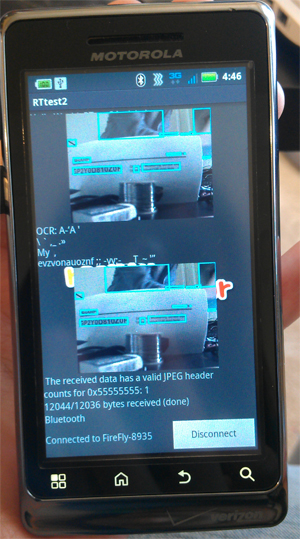
Our android app also have lots of debugging stuff on screen, but we're planning to get rid of all this information from display for the final version.
-
Apr.05.2012
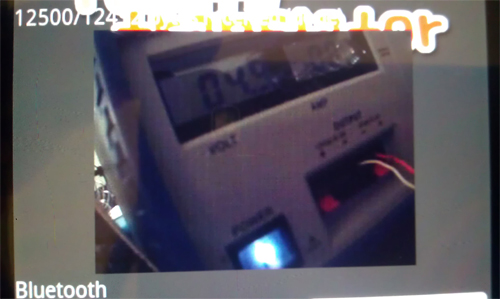
We now have our hardward perfectly working, and bluetooth transfer done! The picture above is our first successful transfer :)
-
Mar.04.2012
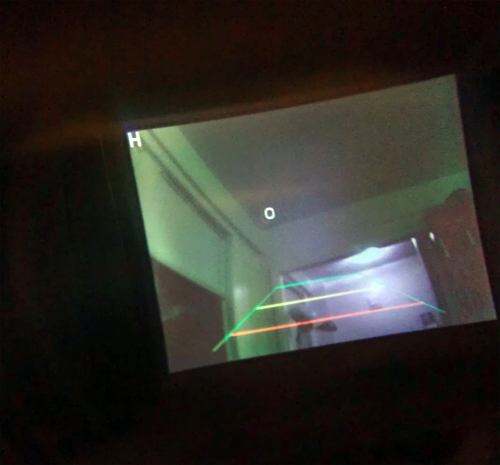
We transferred to the 17 series, got the SPI to work on the LPC xpresso 17 series. Can overlay text on screen, but clock is too fast so it is not showing the text properly. JPEG camera, bluetooth and gyro isn't working yet. The wires between the microcontroller and the NTSC overlay board is too long(2 feet-> 11inches) so that introduces delay into the system. We are currently using the old car camera for testing purposes while we get the JPEG camera to work.
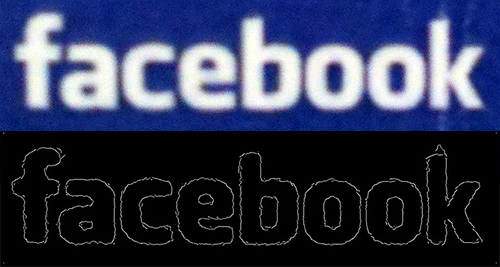
Talked to the Computer Visions faculty and was referred to another gradutate student working on Image Processing. We looked into Open CV, Tesseract, and other image processing algorithms like Canny Edge Detection, Hough Transform and Stroke Width Transform. We managed to speed up Canny Edge Detection from 15sec to 1 sec on an image on the laptop.
Found a Spanish-English dictionary in an XML file, but we still need to write the Java code to parse the dictionary.
Wrote a translation program.
-
Mar.01.2012
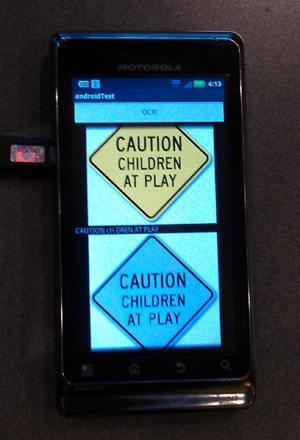
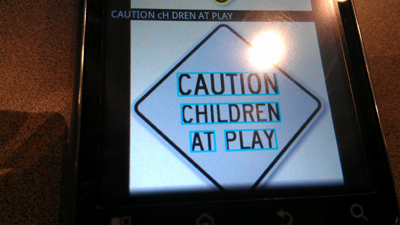
Used Tesseract to build an OCR android app from scratch which works but now we have to pre-process the image so that the OCR engine will work better.
-
Feb.28.2012
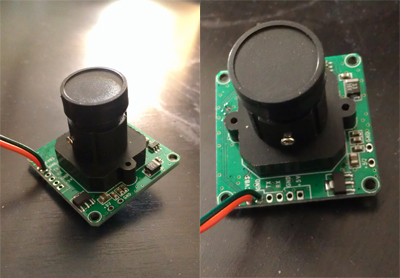
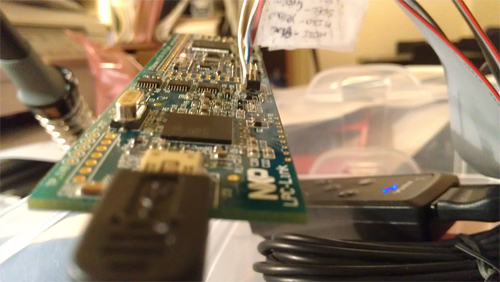
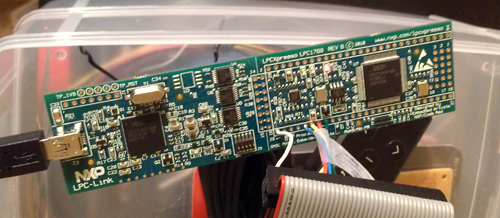
We received the new parts: TTL NTSC JPEG camera and the LPC Xpresso 1769. The camera is much smaller than the earlier one.
-
Feb.18. 2012
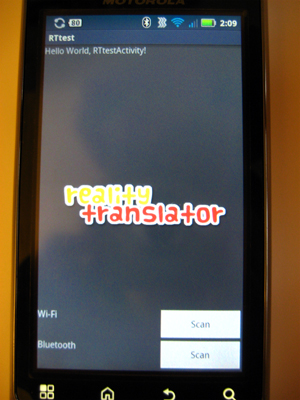
Made GUI app with the bluetooth able to connect to other bluetooth devices. We also looked at some existing Android OCR applications like Mezzofanti and OCRtest but found that they are not accurate.
-
Feb.16.2012

We got our parts except the microcontroller and the raw to JPEG converter. The camera has lines on it because its for the back of a car, and that interferes with our OCR detection. The camera is also too big to be fitted onto the glasses. Fortunately, Sam has a LPC Xpresso 11c24 so we are using that until we get the new microcontroller.

We tried out the glasses. The glasses comes with the control box which is needed to wire to anything else, so we need to redesign the control box. We managed to get the NTSC overlay chip to show the same picture as the one shown on camera.















